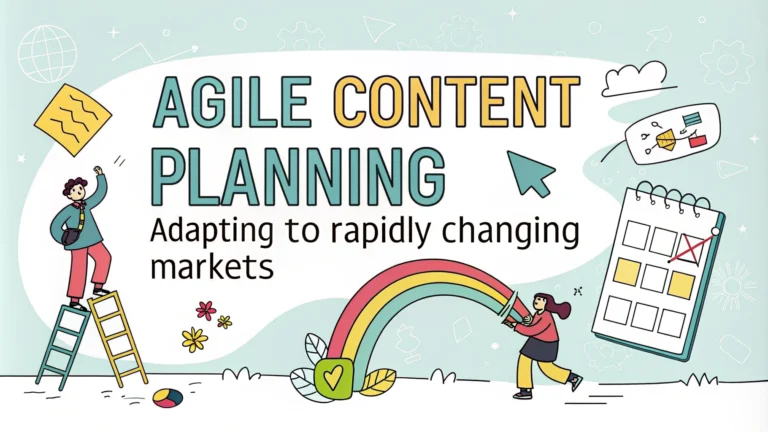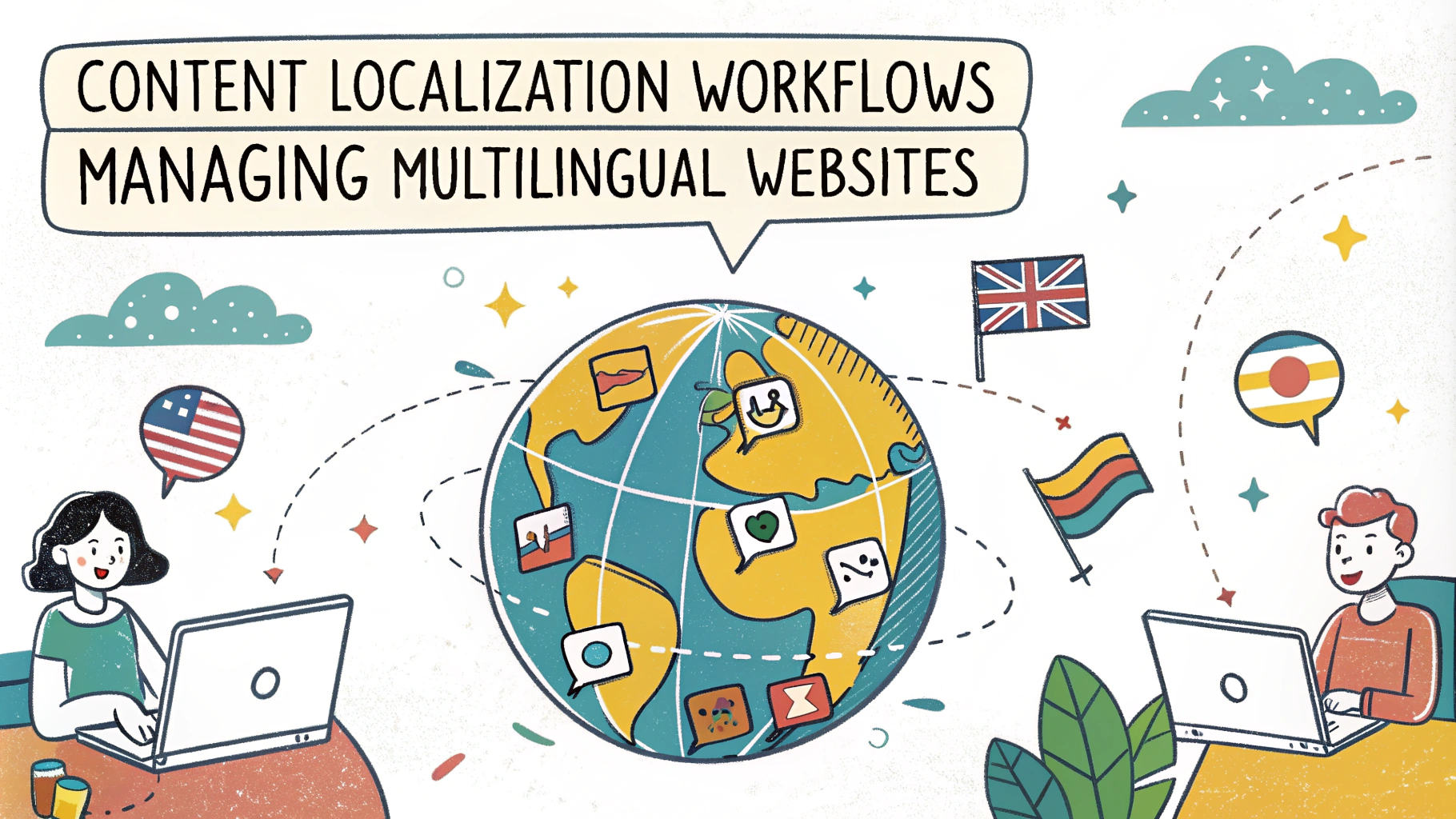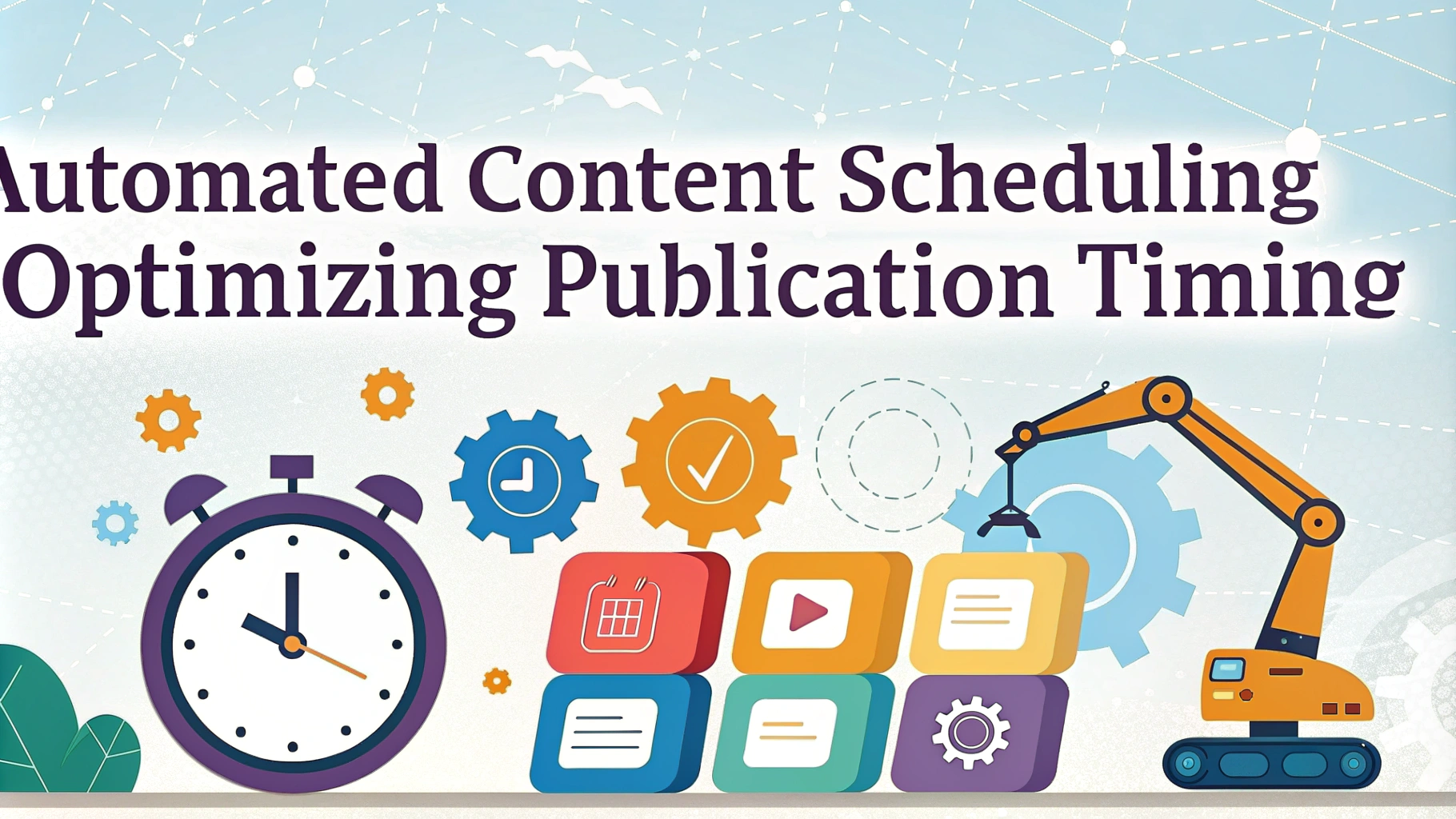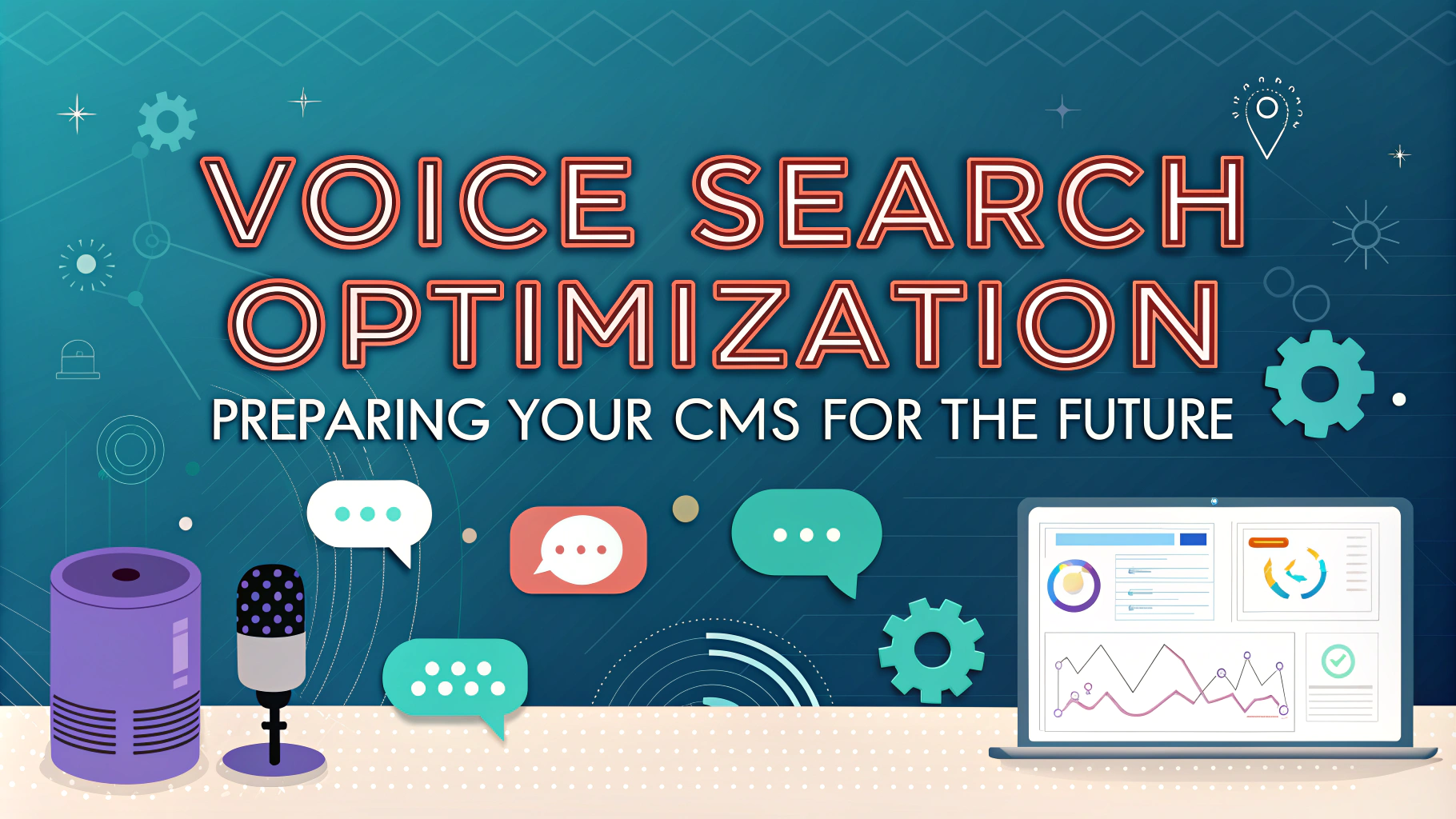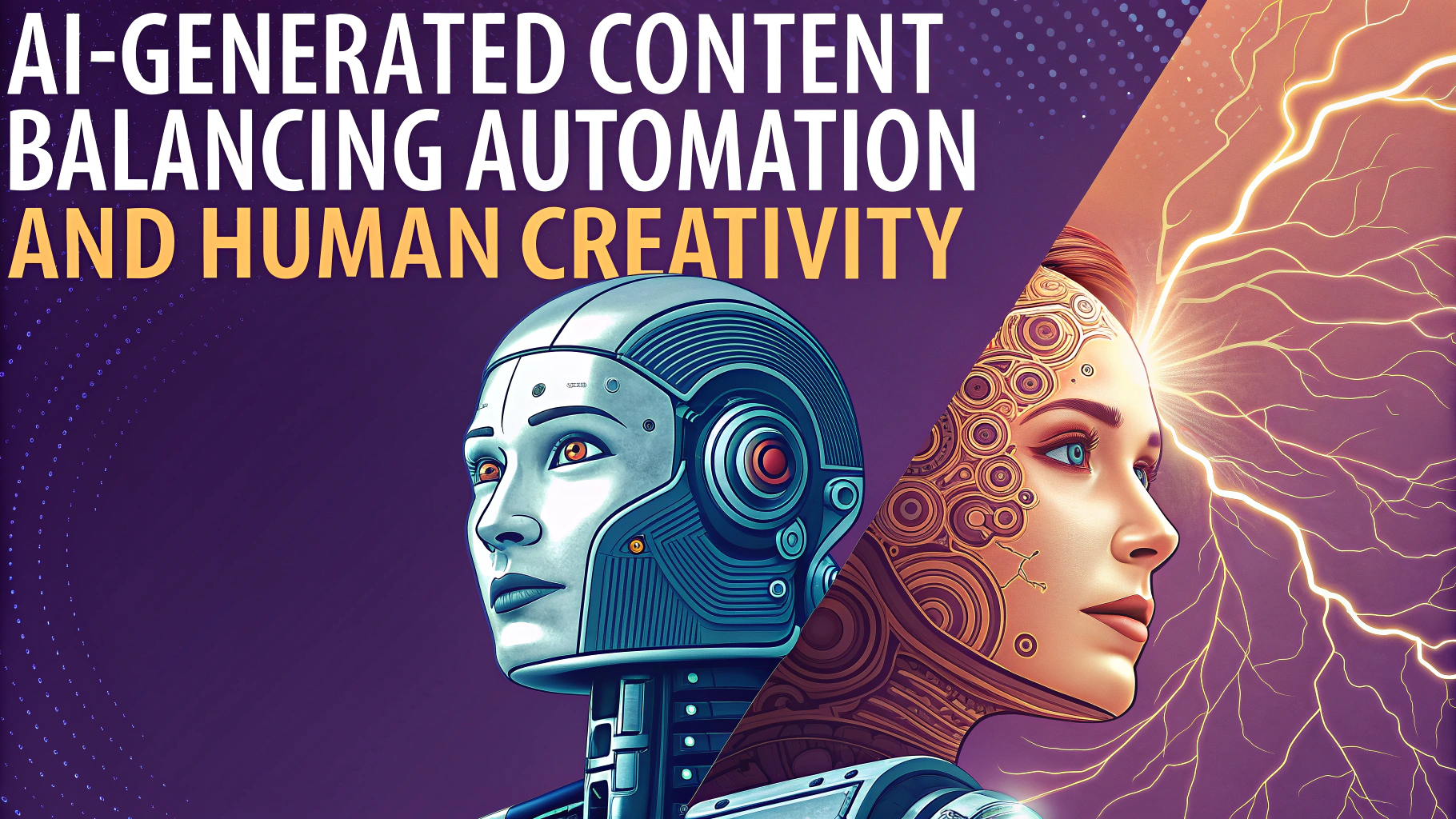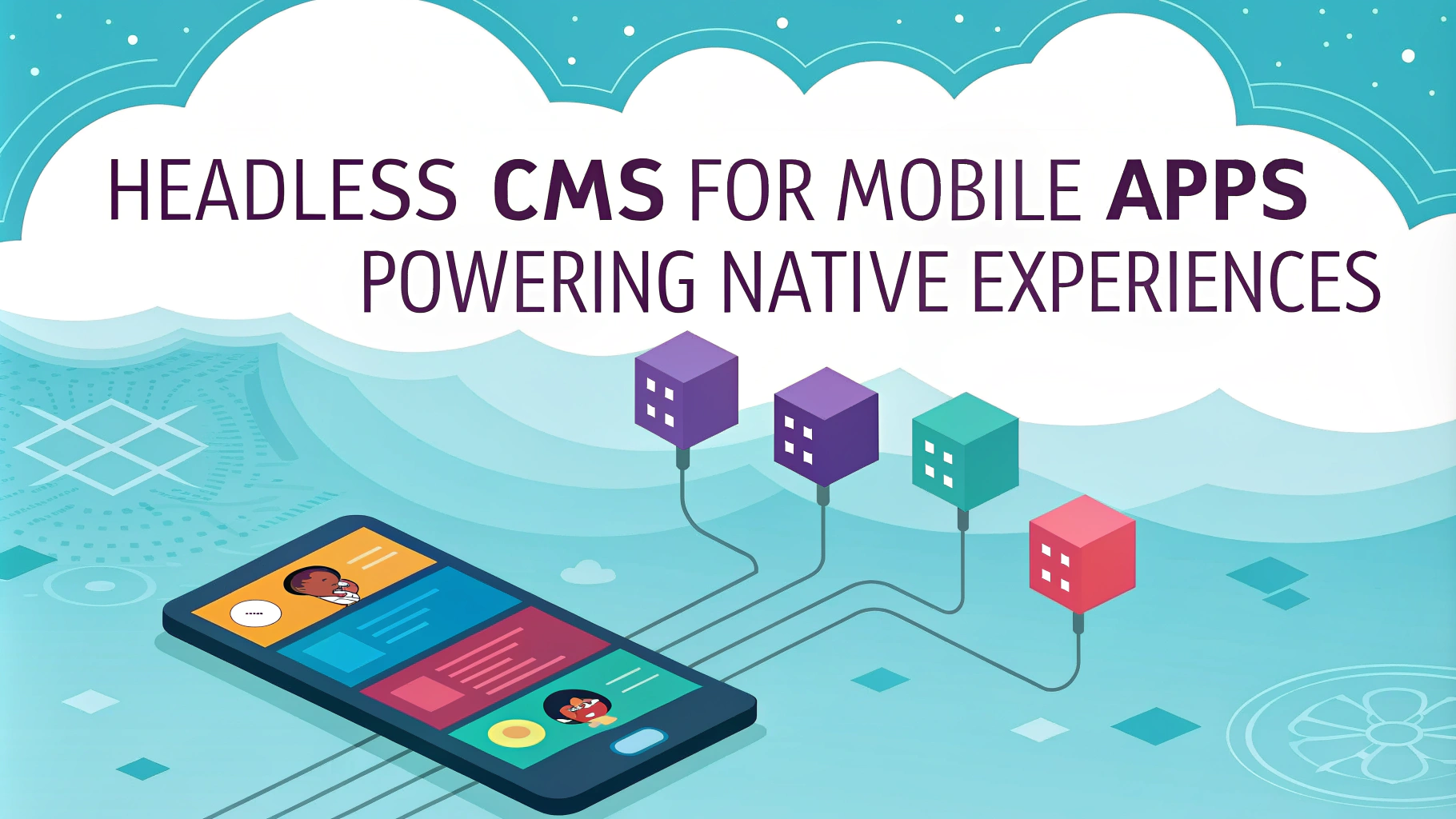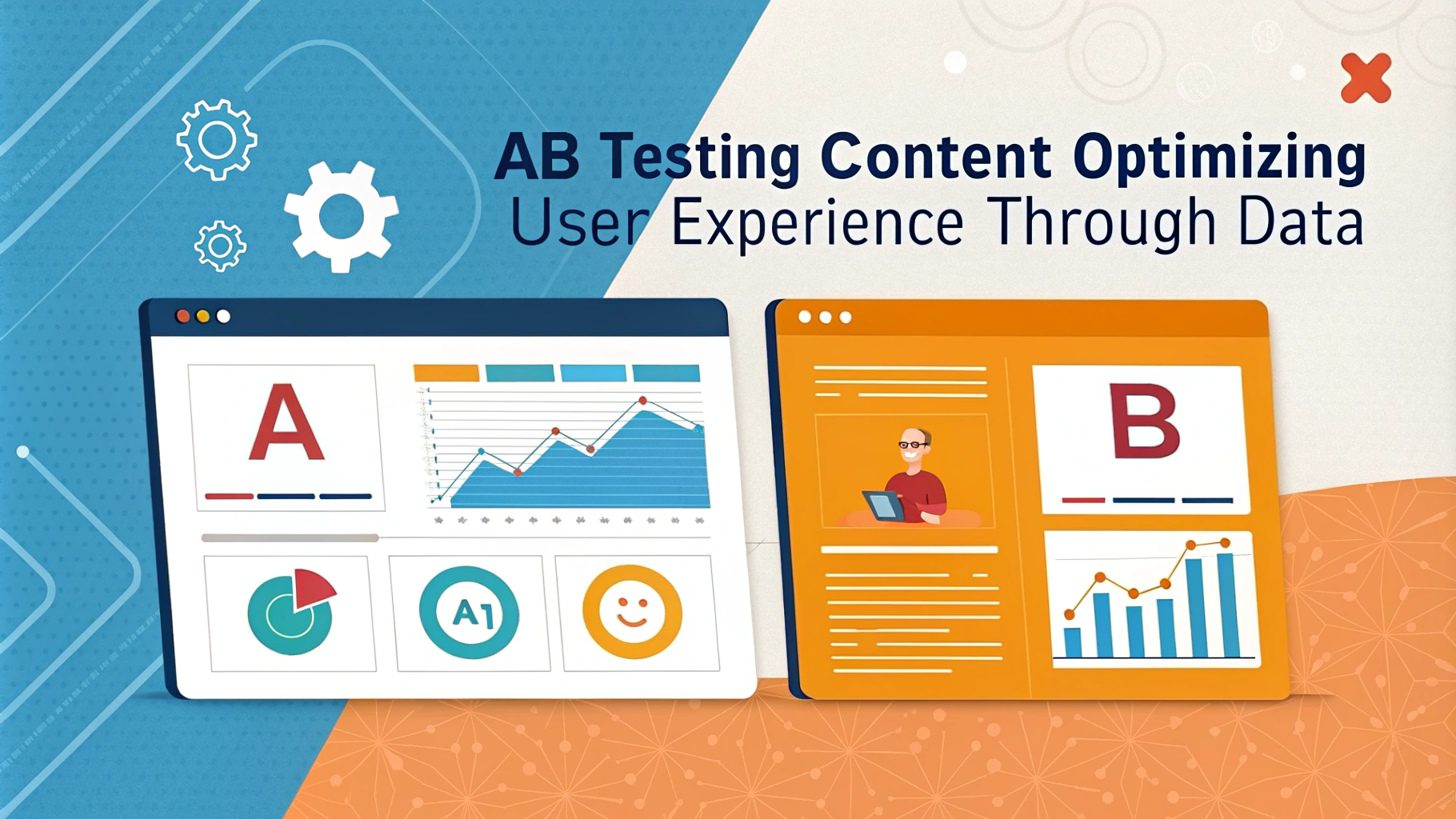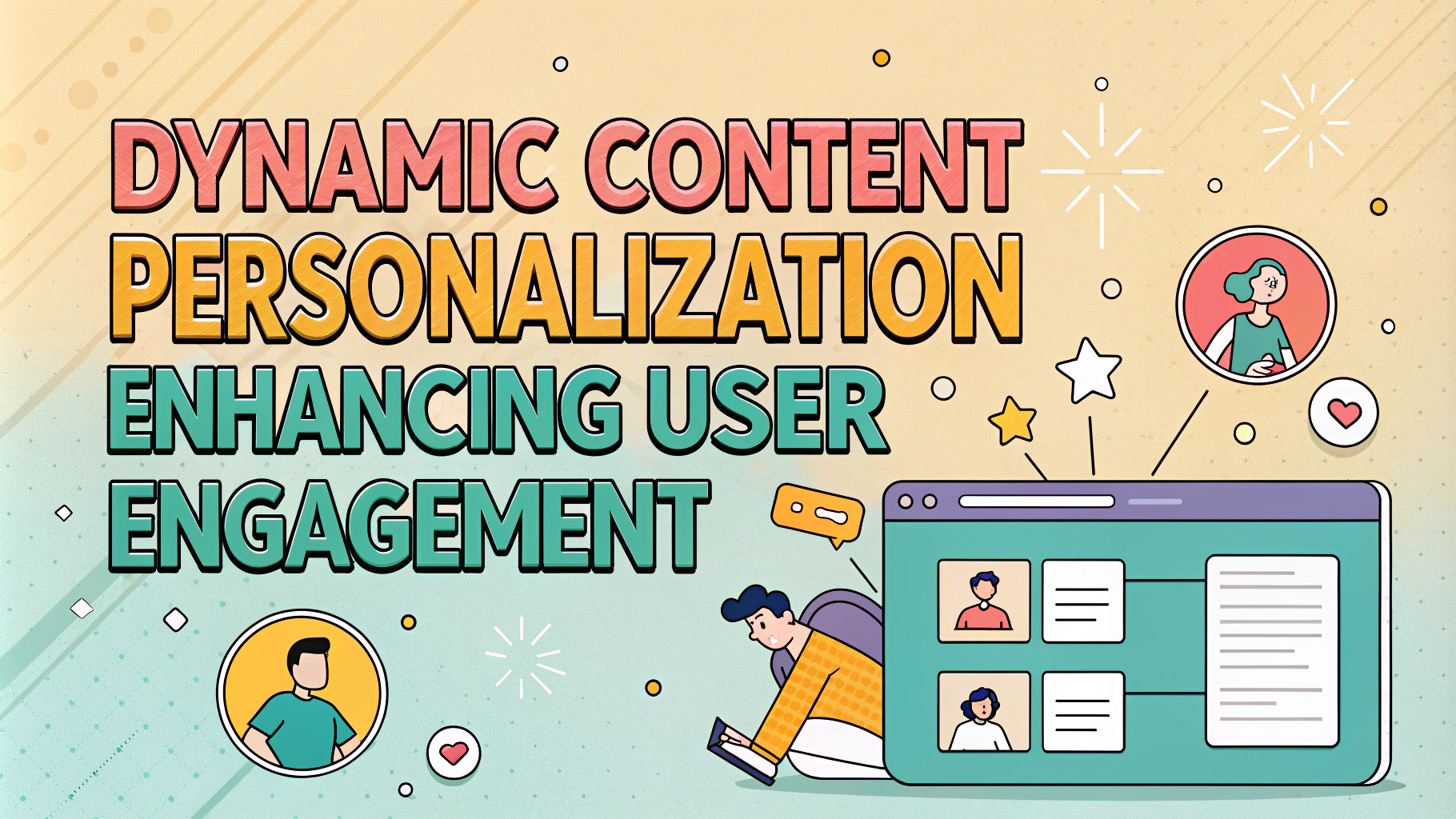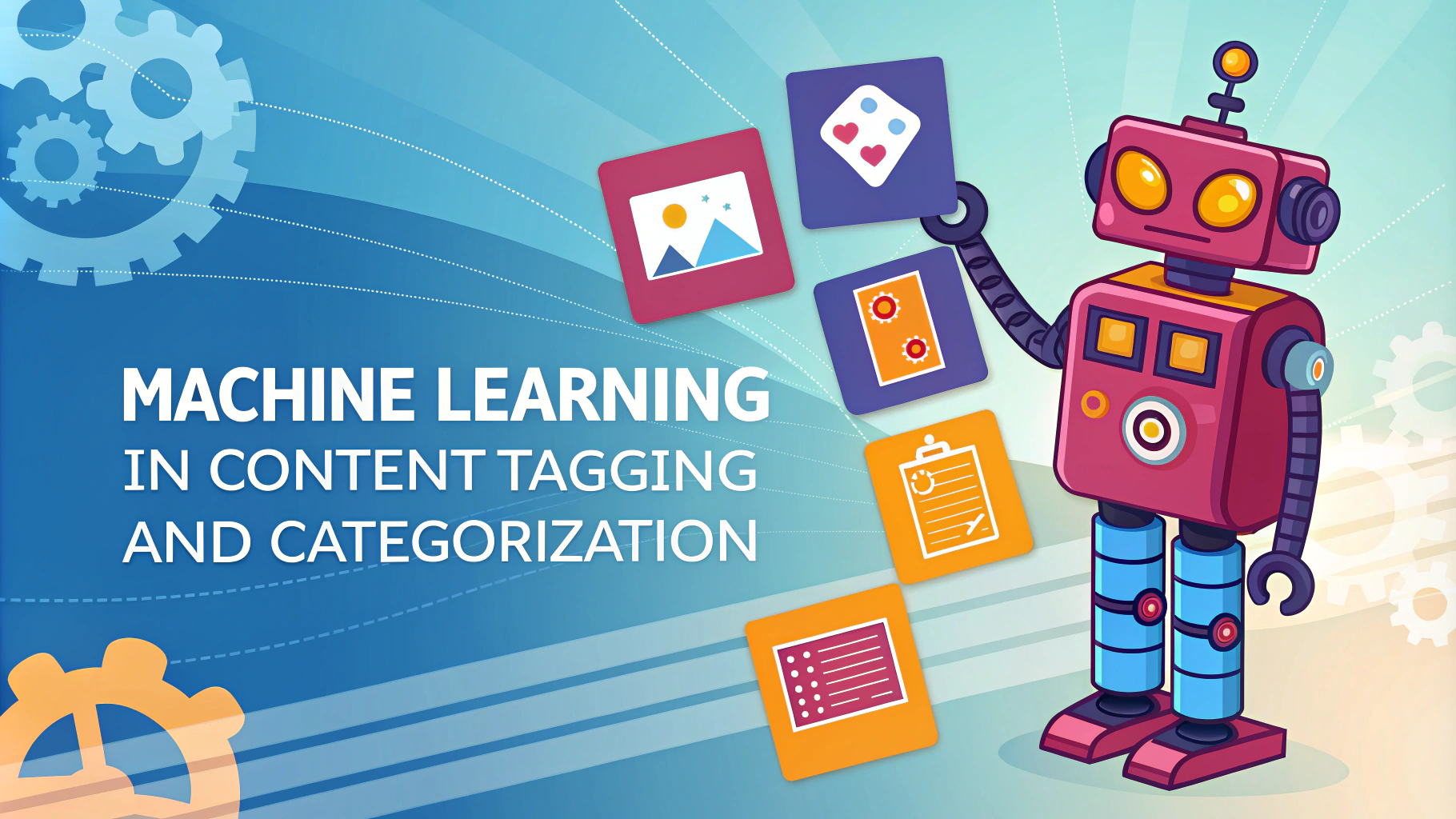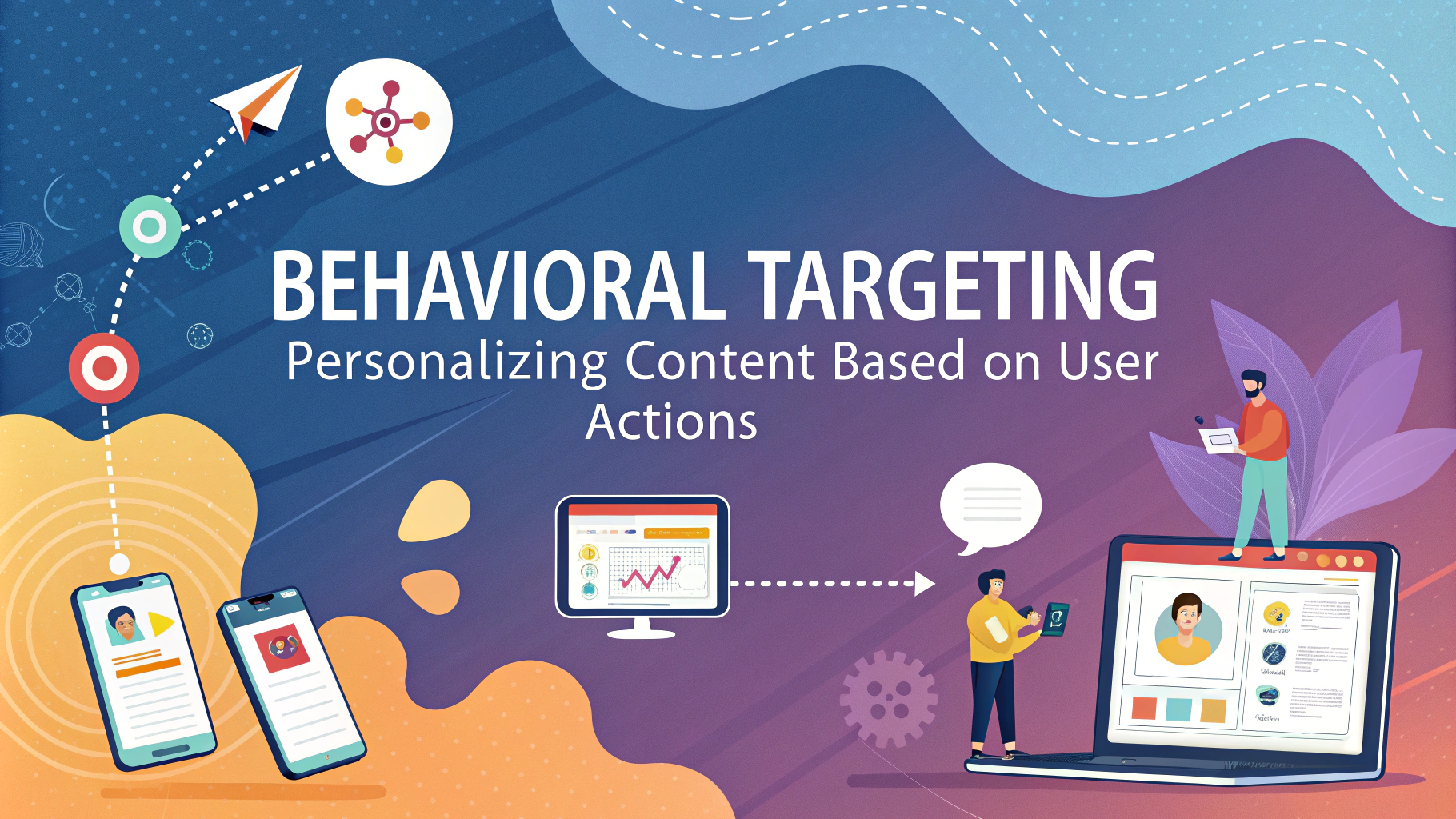Content planning in fast-paced markets requires a nimble approach. This article explores agile strategies for content teams to adapt quickly, improve workflows, and foster collaboration. We’ll cover practical tips to boost productivity and manage teams effectively in rapidly evolving industries.
Understanding Agile Content Planning
Agile content planning is a flexible approach that allows teams to respond swiftly to market changes. It emphasizes:
- Iterative processes: Regular review and adjustment of content strategies
- Collaboration: Cross-functional teamwork for diverse perspectives
- Customer focus: Prioritizing audience needs and feedback
By adopting agile methods, content teams can create more relevant and timely material, staying ahead of competitors in dynamic markets.
Key Components of Agile Content Workflows
Effective agile content workflows incorporate several essential elements:
- Sprint planning: Short-term content production cycles
- Daily stand-ups: Brief team meetings to discuss progress and roadblocks
- Content backlogs: Prioritized lists of content ideas and tasks
- Continuous feedback: Regular input from stakeholders and audiences
Implementing these components helps teams stay organized and responsive to market shifts. Tools like Trello or Asana can facilitate these processes, making it easier to track progress and manage tasks.
Fostering Collaboration in Agile Content Teams
Collaboration is at the heart of agile content creation. To enhance teamwork:
- Use collaborative tools like Google Docs or Notion for real-time editing
- Implement pair writing sessions for complex topics
- Encourage cross-department brainstorming for fresh ideas
- Set up regular feedback loops with other teams (e.g., sales, customer service)
By breaking down silos and promoting open communication, teams can produce more innovative and market-aligned content.
Boosting Productivity with Agile Techniques
Agile methodologies can significantly improve content team productivity. Try these strategies:
- Time-boxing: Set specific time limits for tasks to maintain focus
- Kanban boards: Visualize workflow to identify and eliminate bottlenecks
- A/B testing: Quickly test different content approaches to optimize performance
- Automated workflows: Use tools like Zapier to streamline repetitive tasks
These techniques help teams work smarter, not harder, allowing for quicker adaptation to market changes.
Optimizing Content for Search Engines
Search engine optimization (SEO) plays a crucial role in content visibility. To improve your content’s search rankings:
- Conduct keyword research to identify relevant terms
- Use header tags (H1, H2, H3) to structure content logically
- Create meta descriptions that accurately summarize each page
- Optimize image alt text for better accessibility and SEO
Remember, quality content that addresses user intent remains the foundation of good SEO.
Measuring Content Performance
Track your content’s impact to refine your strategy. Key metrics to monitor include:
- Page views and unique visitors
- Time on page and bounce rate
- Social shares and engagement
- Conversion rates for content-driven goals
Use tools like Google Analytics or content-specific platforms to gather this data. Regularly analyze these metrics to identify successful content types and areas for improvement.
Adapting to Market Changes
Stay ahead in fast-paced markets by remaining flexible and responsive:
- Monitor industry news and trends daily
- Set up Google Alerts for relevant keywords
- Engage with your audience on social media to gauge reactions
- Conduct regular competitor analysis to spot gaps and opportunities
Use these insights to quickly pivot your content strategy when needed. This agility helps maintain relevance and authority in your industry.
Building a Sustainable Content Strategy
Create a content strategy that stands the test of time:
- Develop a content calendar with flexibility for timely topics
- Build a diverse content mix (blog posts, videos, infographics)
- Establish a content repurposing workflow to maximize efficiency
- Invest in evergreen content that remains relevant long-term
A sustainable strategy balances timely, trending content with enduring pieces that provide consistent value to your audience.
Leveraging User-Generated Content
Incorporate user-generated content (UGC) to enhance engagement and authenticity:
- Encourage customer reviews and testimonials
- Run social media contests for user submissions
- Feature guest posts from industry experts or customers
- Create a community forum for discussions and idea sharing
UGC not only provides fresh perspectives but also fosters a sense of community around your brand.
Embracing Emerging Technologies
Stay ahead by incorporating new technologies into your content strategy:
- Explore AI-powered content creation tools for efficiency
- Implement chatbots for personalized content recommendations
- Experiment with augmented reality (AR) for interactive experiences
- Use voice search optimization for smart device compatibility
Adopting these technologies can set your content apart and improve user experience.
Conclusion
Navigating the dynamic landscape of content creation requires adaptability, collaboration, and a focus on audience needs. By implementing agile strategies, optimizing for search, measuring performance, and staying responsive to market changes, content teams can thrive in fast-paced environments.
Remember to build a sustainable strategy that balances timely and evergreen content, leverage user-generated contributions, and embrace emerging technologies. With these approaches, your content will remain relevant, engaging, and impactful in an ever-evolving digital landscape.

